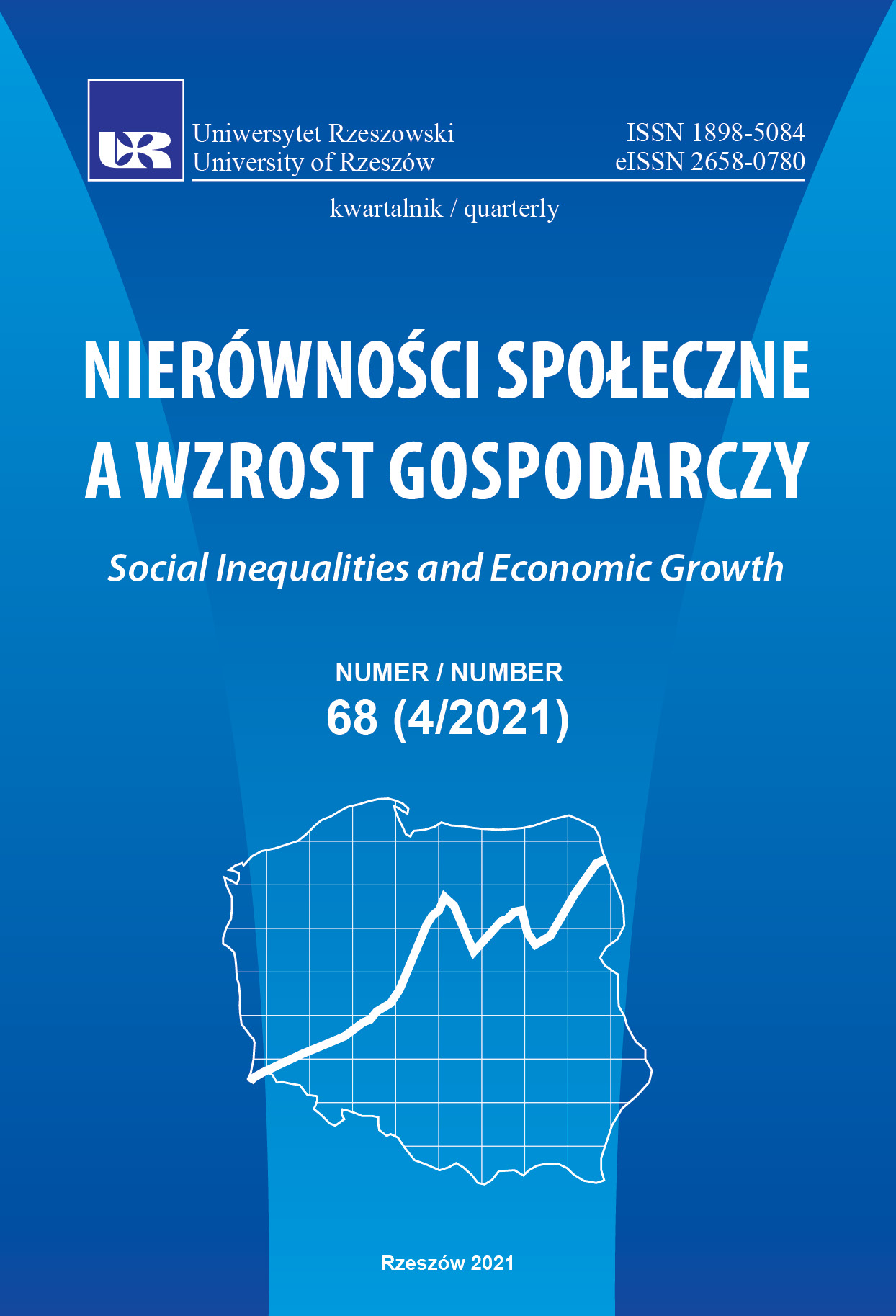Modele dyskryminacyjne jako instrument oceny zagrożenia upadłością przedsiębiorstw
Discriminatory models as an instrument of enterprise bankruptcy risk assessment
Author(s): Jerzy KitowskiSubject(s): Economy
Published by: Wydawnictwo Uniwersytetu Rzeszowskiego
Keywords: sprawozdawczość finansowa; kondycja finansowa; analiza dyskryminacyjna;
Summary/Abstract: In Poland, the interest in discriminatory models dates back to 1994 (26 years after the publicationof the assumptions of the E. Altman model). The aim of the research was an attempt to criticallyevaluate, in terms of methodology, the phenomenon of using discriminatory models in the procedureof examining the financial condition of enterprises. The article also attempts to evaluate the stateof research in the national literature concerning the subject of discriminatory methods in assessingthe financial condition and risk of bankruptcy of enterprises. In the literature, it is still noted thatdiscriminatory methods, from a methodological point of view are unjustifiably described as havinga timeless value and sectoral universality. An attempt was made to verify two research theses: thefrequency of using particular discriminatory models in the national literature on the subject is notequivalent to a hierarchy of their diagnostic reliability and the discriminatory models do not havethe value of sectoral universality. Critical reference was made to numerous cases of simplificationsand methodological errors occurring in the national literature on the subject. The research included132 Polish discriminatory models, the methodological assumptions of which were published in theyears 1994–2020, however, for 102 models, the teaching population does not exceed 100 entities.Only in three studies were the number of enterprises higher than 1,000 (they ranged from 1,353 to11,000). Numerous errors and methodological simplifications have been shown in attempts to applythis method, which reduces the diagnostic credibility of the obtained results, and in extreme caseseven disqualifies them. This paradox was also pointed out, as numerous studies have shown thatPolish enterprises do not use modern methods of bankruptcy forecasting, or they only apply themsporadically. In the surveyed population of 132 discriminatory models, the most common are thecurrent liquidity ratio (50 models), the rate of return on investment (34), the total debt ratio (31),the asset turnover ratio (29), the ratio of financing assets with working capital (21) and the ratio offinancing liabilities with a financial surplus (20).
Journal: Nierówności Społeczne a Wzrost Gospodarczy
- Issue Year: 2021
- Issue No: 68
- Page Range: 145-160
- Page Count: 16
- Language: Polish

